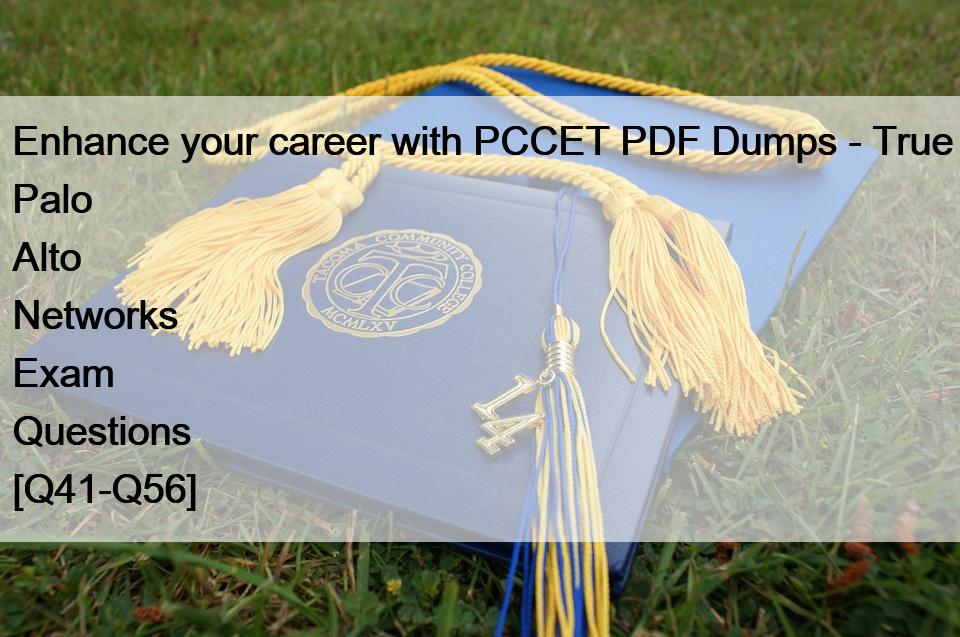- Define the differences between hubs, switches, and routers- Differentiate between hubs, switches and routers.
- Define the role of hubs, switches and routers.
- Given a network diagram, Identify the icons for hubs, switches and routers.
- Understand the use of VLANs.
- Classify routed and routing protocols - Identify routed protocols.
- Identify routing protocols
- Differentiate between static and dynamic routing protocols.
- Differentiate between link state and distance vector.
- Summarize area networks and topologies - Identify the borders of collision domains.
- Identify the borders of broadcast domains.
- Identify different types of networks.
- Identify WAN technologies.
- Understand the advantages of SD-WAN.
- Understand LAN technologies.
- Explain the purpose of the Domain Name System (DNS) - Understand the DNS hierarchy.
- Understand the DNS record types.
- Understand how DNS record types are used.
- Identify a fully qualified domain name (FQDN).
- Identify categories of Internet of Things (IoT) - Identify IoT connectivity technologies.
- Identify the known security risks associated with IoT.
- Identify the security solutions for IoT devices.
- Differentiate between categories of IoT devices.
- Illustrate the structure of an IPV4/IPV6 address - Identify dotted decimal notation.
- Identify the structure of IPV6.
- Understand the purpose of IPV4 and IPV6 addressing.
- Understand the purpose of a default gateway.
- Understand the role of NAT
- Understand the role of ARP.
- Describe the purpose of IPV4 subnetting. - Understand binary to decimal conversion.
- Understand CIDR notation.
- Define classful subnetting.
- Given a scenario, identify the proper subnet mask.
- Understand the purpose of subnetting.
- Illustrate the OSI and TCP/IP models - Identify the order of the layers of both OSI and TCP/IP models.
- Compare the similarities of some OSI and TCP/IP models.
- Identify the function of each of the layers.
- Understand the advantages of using a layered model.
- Identify protocols at each layer.
- Explain the data encapsulation process - Understand the data encapsulation process.
- Understand the PDU format used at different layers.
- Classify the various types of network firewalls - Identify the characteristics of various types of network firewalls
- Understand the applications of the different types of network firewalls.
- Compare intrusion detection and intrusion prevention systems - Understand the concept of intrusion detection systems.
- Understand the concept of intrusion prevention systems.
- Differentiate between intrusion detection systems and intrusion prevention systems.
- Differentiate between knowledge-based and behavior-based systems.
- Define virtual private networks - Define virtual private networks.
- Differentiate between IPSec and SSL.
- Differentiate between the different tunneling protocols.
- Understand when to use a VPN.
- Understand the benefits of tunneling protocols.
- Explain data loss prevention - Define the purpose of data loss prevention.
- Understand what would be considered sensitive data.
- Understand what would be considered inappropriate data.
- Describe unified threat management - Differentiate between UTM and other portals logged into to do work.
- Understand how UTM integrates different aspects of content.
- Understand how the different content within the OSIs are being examined with UTM.
- Identify the security functions that are integrated with UTM.
- Define endpoint security basics - Understand what is an endpoint.
- Understand the advantages of endpoint security.
- Understand what endpoints can be supported.
- Given an environment, identify what security methods could be deployed.
- Understand the concept of a personal firewall.
- Understand what traffic flows through a personal firewall.
- Define host-based intrusion prevention systems.
- Understand the disadvantages of host-based intrusion prevention systems.
- Compare signature and container-based malware protection - Define signature-based malware protection.
- Define container-based malware protection.
- Differentiate between signature-based and container-based malware protection.
- Understand application whitelisting.
- Understand the concepts of false-positive and false-negative alerts.
- Define the purpose of anti-spyware software.
- Recognize types of mobile device management - Identify the capabilities of mobile device management.
- Identify the vulnerabilities of mobile devices.
- Identify different types of mobile devices.
- Understand how to secure devices using the MDM controls.
- Explain the purpose of identity and access management - Identify the As in the AAA model.
- Understand the purpose of identity and access management.
- Understand the risk of not using identity and access management.
- Understand the concept of least privilege.
- Understand the separation of duties.
- Understand RBAC and ABAC and Discretionary Access Control and Mandatory Access Control.
- Understand the user profile.
- Understand the impact of onboarding and offboarding from systems.
- Understand directory services.
- Describe configuration management - Understand configuration management.
- Identify how configuration management interacts with different development methodologies.
- Understand system services required for configuration Management.
- Identify next-generation firewall features and capabilities - Differentiate between NGFWs and FWs.
- Understand the integration of NGFWs with the cloud, networks and endpoints.
- Define App-ID.
- Define Content-ID.
- Define User-ID.
- Compare the NGFW four core subscription services - Differentiate between the four core NGFW subscription services.
- Define WildFire.
- Define URL Filtering.
- Define Threat Prevention.
- Define DNS security.
- Define the purpose of network security management (Panorama)
- Define Panorama services and controls.
- Understand network security management.
- Identify the deployment modes of Panorama.
| 